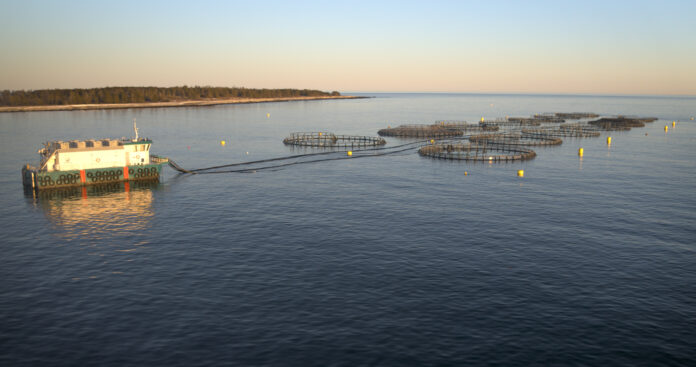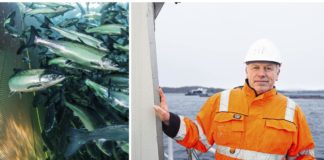Cookes in line for 370 percent boost to production.
Cooke-owned Kelly Cove Salmon (KCS) expansion plans are to go before the Nova Scotia Aquaculture Review Board (ARB) next year, the company has announced.
KCS will seek endorsement for a site boundary amendment at Coffin Island and approval for two additional aquaculture licenses at Brooklyn and Mersey Point, Liverpool Bay.
The company’s existing site produces 420,000 salmon annually. Should its expansion proposal be approved, the site’s production capacity would increase to 660,000 salmon annually. With a further two sites operational, this will equate to a 370 percent increase in production.
In a statement released last week, KCS emphasised the limited areas suitable for expansion in Nova Scotia.
In 2021, the province produced 8,592 tonnes of Atlantic salmon, lagging behind Newfoundland’s 15,904 tonnes and New Brunswick’s 27,423 metric tons, as reported by Statistics Canada.
As home to Canada’s Ocean Supercluster and a prominent marine tech hub, Nova Scotia stands to benefit from greater investment, job opportunities, and community spending in the ocean aquaculture sector, the company claimed.
KCS received a renewed marine aquaculture license for Coffin Island in Liverpool Bay in April 2020 after almost a decade of operation.
Salmon farming contributes $2 billion annually to the Canadian economic output and $213.5 million in Nova Scotia alone, creating 886 jobs in the province.
The proposed sites in Liverpool will enable KCS to enhance operational efficiency in production and harvesting, adding up to 20 direct jobs, according to the company.
KCS stressed its compliance with current leases and the new license application process, and will present its case, emphasising adherence to all regulatory criteria, to the ARB in February.
The firm also plans to integrate cutting-edge hybrid electric battery feed barge systems, potentially reducing diesel generator usage and fuel consumption by 60 percent.









